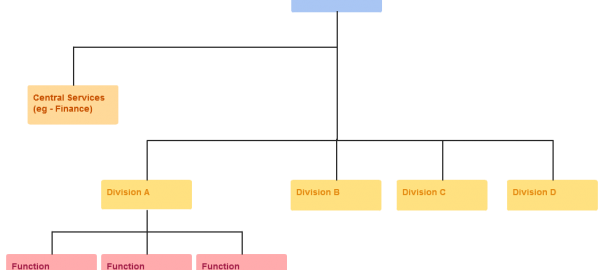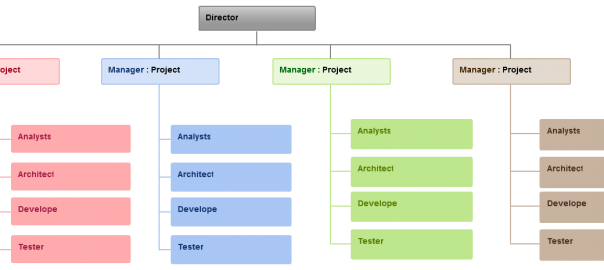Most organizations today spend thousands of dollars on business solutions to manage their business assets, but they sometimes fail to manage the most important asset – the workforce. Understanding the structure of the organization is important, understanding the roles people play, how they interact through formal and informal processes and the relationships they build are crucial to the success of any strategy.
Electrolux Home Products (EHP) as you may know is a global leader in household appliances. They are manufacturers of refrigerators, dishwashers, washing machines, vacuum cleaners, cookers and air-conditioners. It’s a Swedish multinational company that has grown through acquisitions to become a dominant player in Europe. But the European market is highly competitive and the company had to find ways to cut down on costs and improve product standards to stay ahead of fierce competition.
This is a case study of how Electrolux Home Products Europe used a functional organizational structure to compete in the European market.
Their solution was quite simple yet very strategic in nature. They introduced a Europe-wide functional structure to replace the geographical structure (resulting from its acquisitions).
The new organizational structure had four functions/departments. You can see the org chart below, which will help you visualize the breakdown of EHP’s company structure.
- Purchasing, Production and Product Development – This department/function was important as it ensured a seamless flow from supplies to finished products.
- Supply Chain Management and Logistics – This function was responsible for getting the products to the customer and created the association between sales forecasts and factory production.
- Product Businesses, Brand Management and Key Account Management – This function was involved in all the marketing activities to support products and brands. Also included key account management, service and spare parts functions.
- Sales clusters – The different sales divisions grouped geographically.
Functional structures always allow for greater operational control at a senior level with clear definition of roles and tasks. This structure is best suited for organizations producing standardized goods and services at large volumes and low cost. Having introduced functional structures, EHP was able to improve operational efficiencies where employees became specialists within their own realm of expertise. The realignment was also helped to ensure profitable growth as the organization brought in more clarity and uniformity into business by creating more focus on areas where increased effort is required to meet the tougher challenges of the market-place.
This is a demonstration of how a functional structure has helped EHP. If you’ve been part of a functional structure or have any interesting stories to share, drop a comment here or contact us.
Source – Exploring Corporate Strategy, 7th Ed – G Johnson K Scholes R
Original Source – Adapted from The Electrolux Executive, December 2000





Supply Chain Management and Logistics is part of the business structure. It should not be left behind to keep the business process going.
I see the potential of that diagram. Of course, there are thing that can get in the way, but that’s natural. I say it has good interoperability between departments/people.